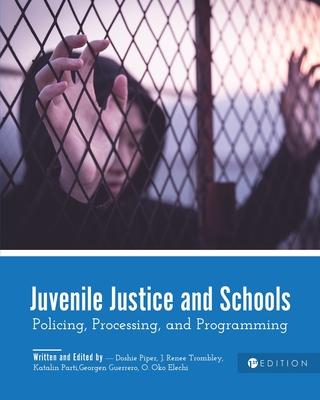Juvenile Justice and Schools: Policing, Processing, and Programming examines the complex relationship between educational institutions and the juvenile justice system. Readers learn about factors that contribute to juvenile delinquency, how schools can prevent and manage juvenile delinquency, and how individuals can leverage resources other than police or justice systems in response to behavioral concerns.
Each chapter examines a specific topic and demonstrates how the topic intersects with school systems and juvenile justice systems. Dedicated chapters explore poverty and its impact on school readiness; the school-to-prison pipeline; racial and gender disproportionality in school discipline practices; and police presence in schools. Students learn about the juvenile justice system, peer mediation as a means to reduce conflicts, strategies for reducing school violence, anti-bullying programs, and more.
Juvenile Justice and Schools is an ideal resource for undergraduate and graduate level courses in sociology, criminology, and criminal justice. It can also be used in minor programs in peace studies, education, and juvenile delinquency.
